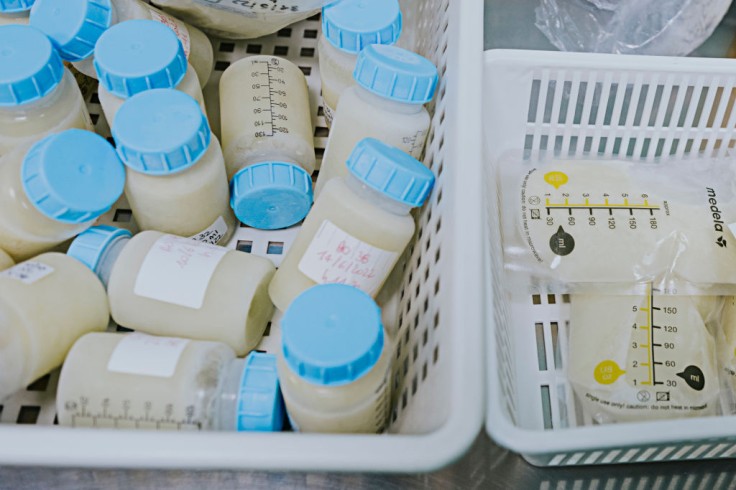
Embarking on the rewarding journey of motherhood introduces you to a world of new experiences, each woven with love, care, and a myriad of firsts.
Among these, breastfeeding stands as a fundamental connection between you and your little one, a bond forged through the gentle flow of liquid sustenance.
As you navigate this intricate path, mastering the art of how to store breast milk properly becomes a pivotal skill for ensuring your baby receives the full nutritional benefits of your liquid gold, promoting their health and development.
In this comprehensive guide, we'll explore the essential steps to seamlessly incorporate the following into your breastfeeding journey: how to store breast milk, proper breast milk storage, and storing breast milk for feeding. Join us as we delve into the nuanced world of preserving the nourishing essence of motherhood.
Preparing for Expressing and Storing Breast Milk
a. Hygiene Practices
Before expressing or pumping, ensuring cleanliness is paramount for the safety and well-being of your baby.
Wash your hands thoroughly with soap and water.
Clean all storage containers diligently with warm, soapy water.
Use sanitized breast pump equipment for expressing.
b. Labeling and Communication
Label each storage container with the date of expression using waterproof labels and ink.
Include your child's name if the milk is intended for a child care provider.
Discuss storage preferences with your child care provider for seamless collaboration.
Storing Breast Milk: Best Practices
a. Batch Size and Prevention of Waste
Storing breast milk in small, manageable batches helps prevent waste and ensures freshness.
Aim for batches of 2 to 4 ounces.
Any remaining milk in a bottle after a feeding should be used within 2 hours, or refrigerated for the next feeding.
Thaw an extra container if needed for flexibility in feeding schedules.
b. Temperature Control
Maintaining the right temperature is crucial for preserving the nutritional value of breast milk.
Refrigerate or chill milk immediately after expression.
Freshly expressed milk can remain at room temperature for up to 4 hours (6 to 8 hours if very cleanly expressed).
Refrigerated breast milk is safe for consumption for up to 4 days but is optimal within 8 days.
c. Freezing Guidelines
Freeze breast milk if not used within 24 hours.
To accommodate expansion during freezing, avoid filling the container to the top.
Use the back of the freezer for storage, not the door.
d. Freezer Duration
If using a refrigerator with a separate freezer door, breast milk may be frozen for up to 9 months.
For a chest or deep freezer, breast milk can be frozen for up to 12 months.
e. Thawing Safely
Thaw breast milk by placing the container in the refrigerator overnight, under warm running water, or in a container of warm water.
Avoid using a microwave for thawing to prevent uneven heating and potential scalding.
Maintaining Breastmilk Quality and Safety
a. Container Selection
Use clean, capped food-grade glass or hard plastic containers (BPA-free) for storing expressed milk.
Avoid disposable bottle liners or plastic bags designed for general household use.
b. Adding to Stored Milk
You can add freshly expressed breast milk to refrigerated or frozen milk.
Ensure the freshly expressed milk is thoroughly cooled before combining with previously chilled or frozen milk.
c. Shelf Life of Expressed Breast Milk
Room temperature: Up to 6 hours, with optimal use or storage within 4 hours.
Insulated cooler: Up to 1 day.
Refrigerator: Up to 4 days, with optimal use or freezing within 3 days.
Deep freezer: Up to 12 months, with optimal use within 6 months.
Storing breast milk is a critical aspect of the breastfeeding journey. By following these guidelines, you not only preserve the nutritional value of your liquid gold but also ensure the safety of your baby's nourishment.
As your breastfeeding experience evolves, adapt these practices to meet your baby's changing needs, and consult with healthcare professionals for specialized guidance. Remember, your dedication to proper breast milk storage contributes significantly to your baby's health and well-being.
Related Article: Best Selling Comfy Maternity Pajamas Every Momma Needs to Own